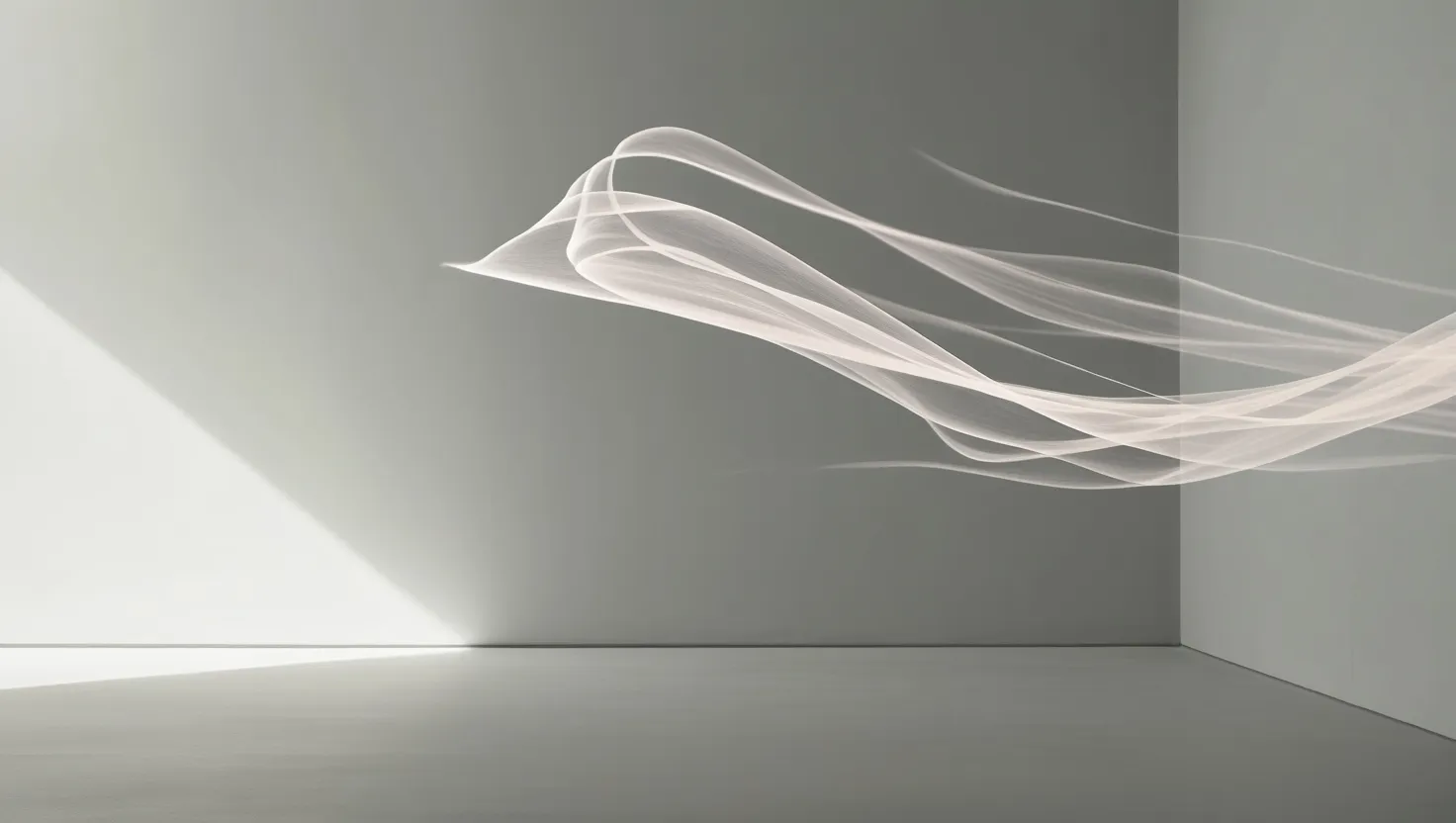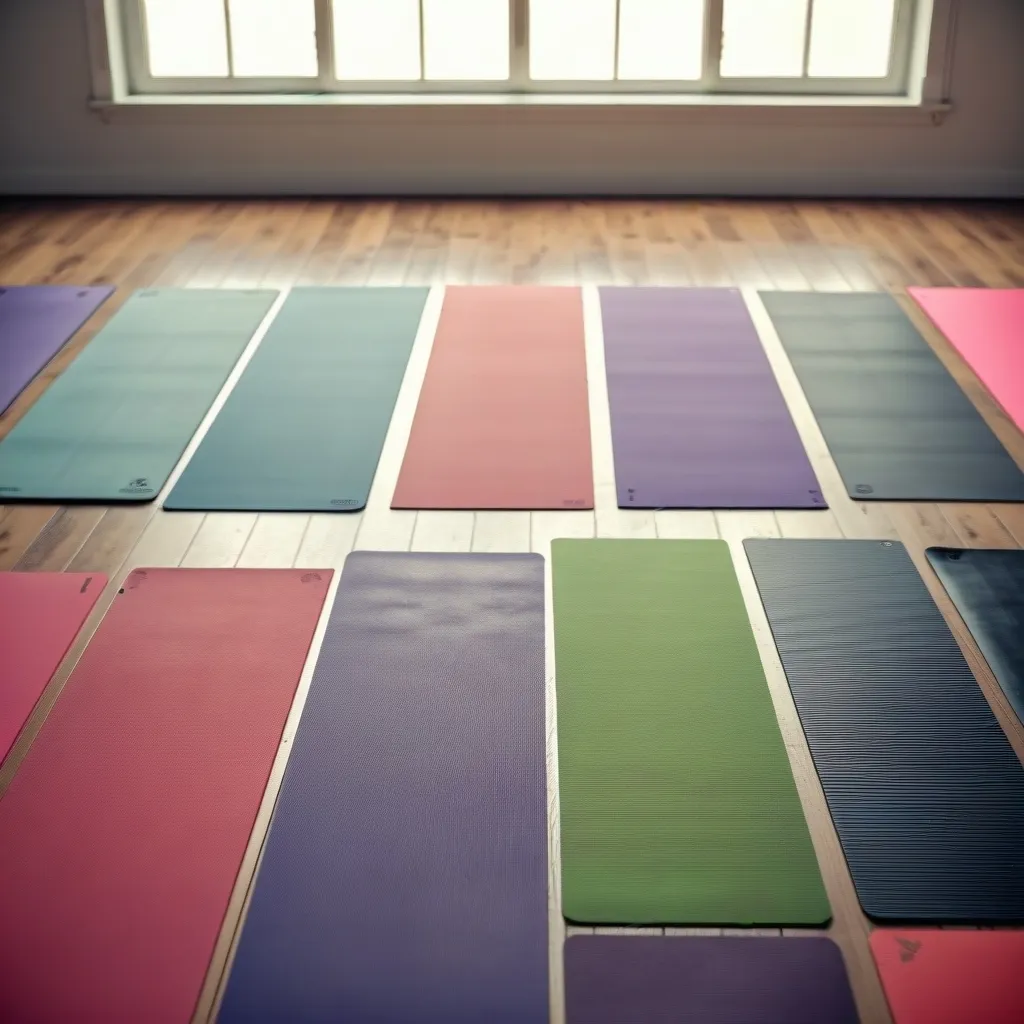When we think about architectural design, our minds often wander to visuals and aesthetics, but there’s a lesser-explored dimension that can profoundly impact our experience of spaces: scent. The integration of scent into architectural design, or what is increasingly referred to as “olfactory architecture,” is an emerging trend that promises to transform how we interact with and perceive our surroundings.
Imagine walking into a retail store and being immediately enveloped by the aroma of freshly baked cookies, or entering a healthcare facility and being greeted by the calming scent of lavender. These smells are not just random; they are carefully chosen to evoke specific emotions, memories, and behaviors. In the realm of olfactory architecture, designers are now considering how scent can be used to create multi-sensory spaces that engage occupants on a deeper level.
The Science of Smell
Smell is one of the most primal and powerful senses we possess. It has a direct link to the brain’s limbic system, which is responsible for emotions and memory. This is why certain smells can instantly transport us back to childhood memories or evoke strong emotional responses. Architects are beginning to tap into this potential by designing spaces that incorporate specific scents to enhance mood and well-being.
For instance, in healthcare settings, the use of calming scents like lavender or vanilla can reduce stress and anxiety in patients. In educational environments, invigorating scents such as peppermint or citrus can enhance focus and alertness. This is not just anecdotal; studies have shown that certain smells can have a significant impact on our cognitive and emotional states.
Cultural and Historical Context
The use of scent in design is not new, but it has been largely overlooked in modern architectural practices. Historically, different cultures have used scents to define spaces and evoke specific feelings. For example, in many Asian cultures, incense is used in temples and homes to create a sense of tranquility and spirituality. In Western cultures, the smell of freshly baked bread is often associated with warmth and hospitality.
However, in recent decades, there has been a trend towards eliminating scents from public spaces, often in the name of cleanliness and neutrality. This approach neglects the rich sensory experience that scents can provide. By reintroducing scent into design, architects can create spaces that are more inclusive and engaging.
Designing Olfactory Journeys
Designing with scent involves more than just adding a pleasant aroma to a space. It requires a thoughtful and nuanced approach to create an “olfactory journey” for occupants. This means considering how different scents will interact with each other and with the environment over time.
For example, in a public museum, designers might use a combination of scents to guide visitors through the space. Historical scents could be used to enhance the narrative of an exhibit, while more contemporary scents could be used in interactive areas to stimulate engagement. The key is to create a seamless and intentional scent landscape that complements the visual and auditory elements of the space.
Technological Innovations
Advances in technology have made it easier to integrate scent into architectural design. Smart home systems, for instance, can be programmed to release specific scents at different times of the day or in response to various conditions. In commercial spaces, HVAC systems can be used to diffuse scents throughout the building, creating a consistent olfactory environment.
One innovative example is the “Olfactory Futures” installation at the Istanbul Museum of Art, where scents were used to narrate the history of the building. The scents, which included notes of rose and maritime elements, were diffused through the museum’s HVAC system, creating an immersive experience for visitors.
Ethical Considerations
While the potential of olfactory architecture is vast, there are also ethical considerations to be mindful of. Different people have different sensitivities and preferences when it comes to scents. What one person finds pleasant, another might find overwhelming or even allergenic.
Designers must therefore approach scent design with sensitivity and inclusivity. This might involve conducting user research to understand the scent preferences of occupants or providing options for individuals to adjust the scent levels in their personal spaces. In public spaces, it’s crucial to balance the use of scents so that they are enjoyable for the majority without causing discomfort to others.
Personalization and Accessibility
One of the exciting aspects of olfactory architecture is its potential for personalization. In private homes, smart systems can be programmed to release scents based on individual preferences. For example, a homeowner might choose to have a calming scent released in the bedroom at night and an invigorating scent in the morning.
In public spaces, scent can also be used to enhance accessibility. For individuals with visual impairments, scents can serve as a form of wayfinding, guiding them through spaces more intuitively. This approach can create more inclusive environments that cater to diverse sensory needs.
The Future of Sensory Design
As we move forward in the field of olfactory architecture, we are likely to see a transformative shift in how we design and experience spaces. The future will be about crafting environments that are not just visually appealing but also rich in sensory depth.
Imagine schools where different classrooms have distinct scents to enhance learning and engagement. Imagine public parks where scents of blooming flowers or freshly cut grass are amplified to create a more immersive experience. These are not just fantasies; they are possibilities that are becoming increasingly feasible with advancements in technology and design thinking.
In conclusion, the integration of scent into architectural design is more than just a trend; it’s a revolution in how we experience and interact with our surroundings. By leveraging the power of scent, architects can create spaces that are more engaging, more inclusive, and more emotionally resonant. As we continue to explore this frontier, we are likely to discover new ways in which scent can enrich our lives and deepen our connection to the world around us.






